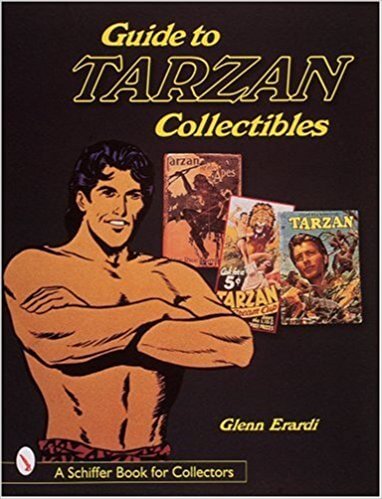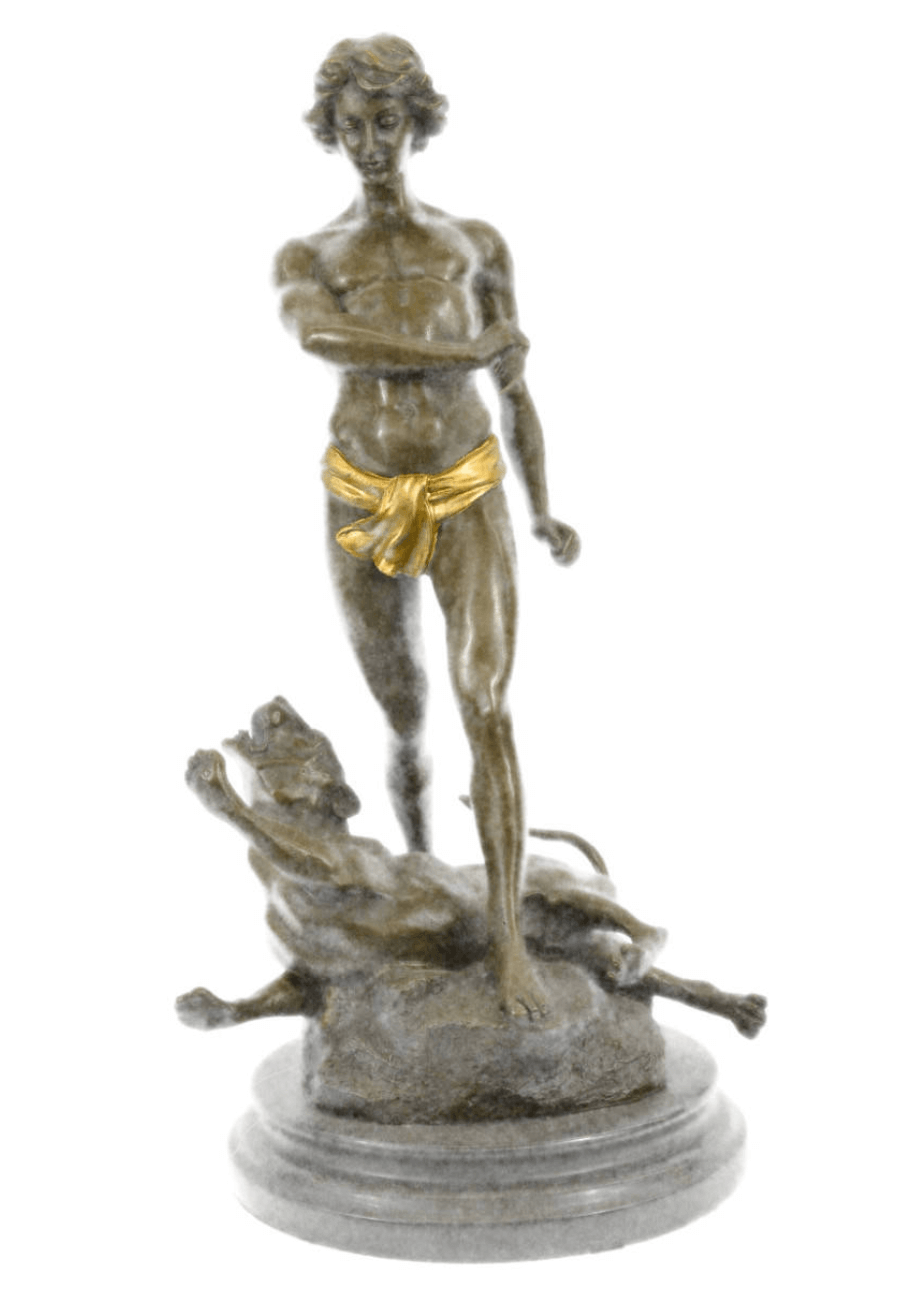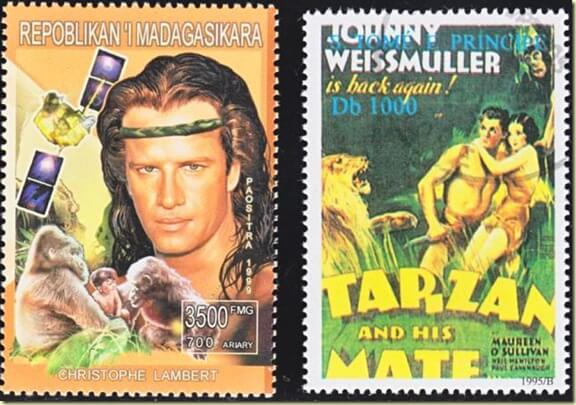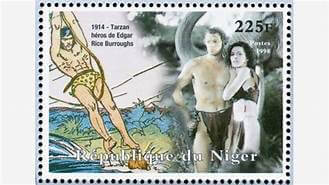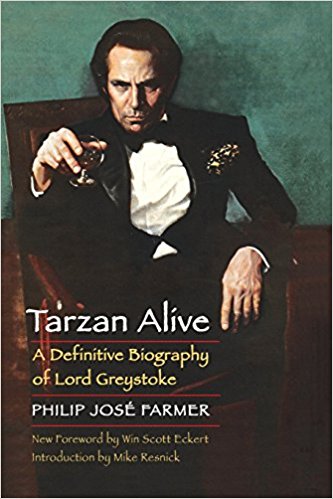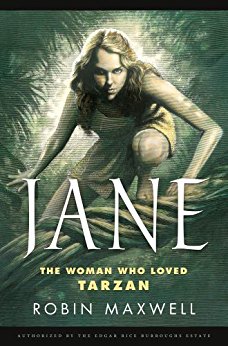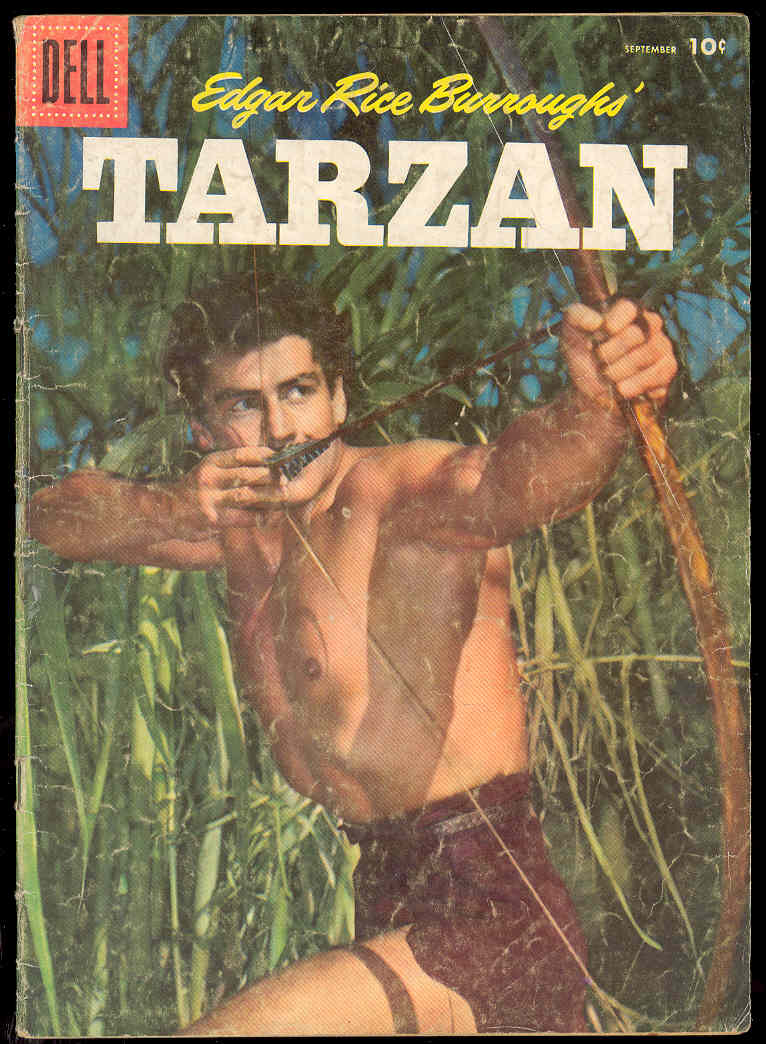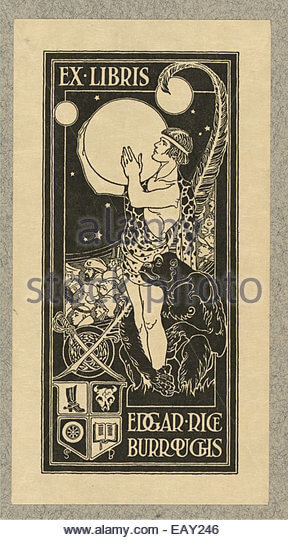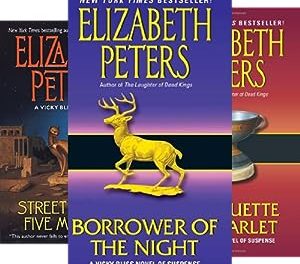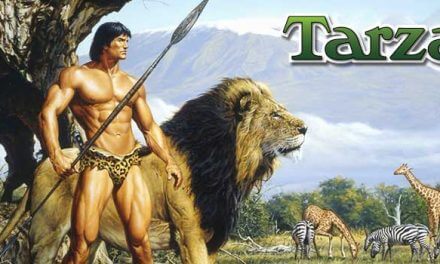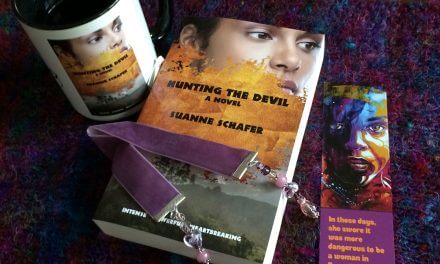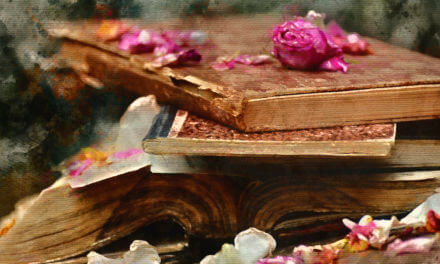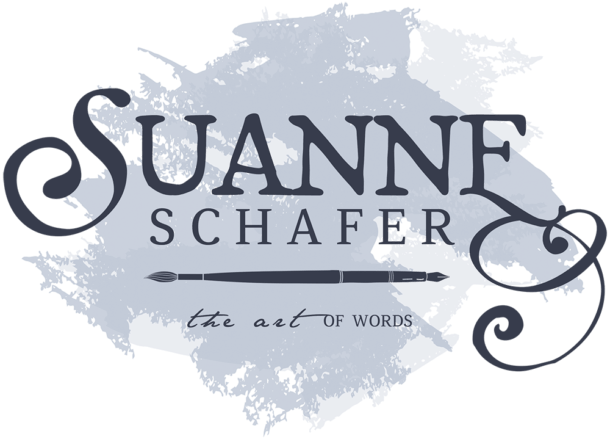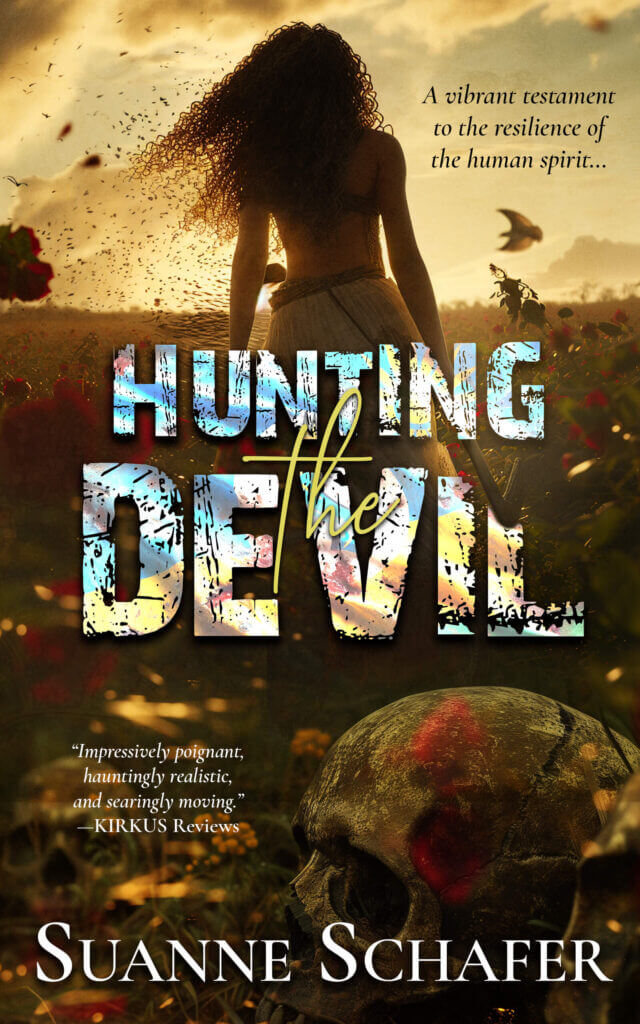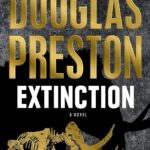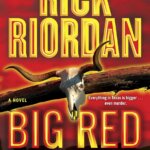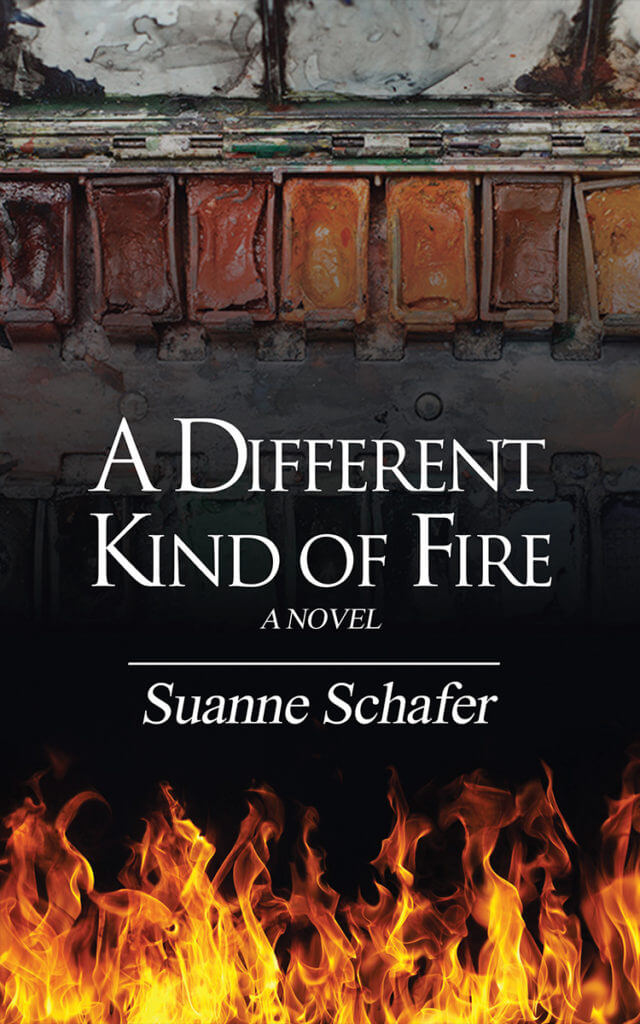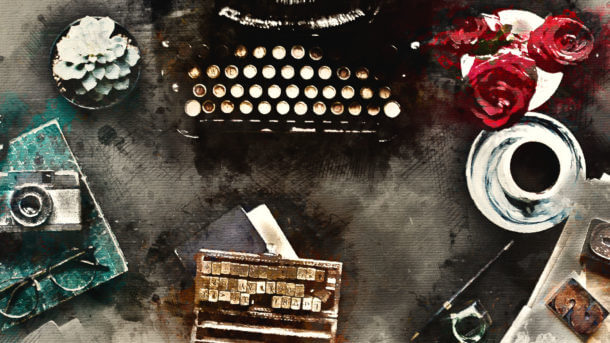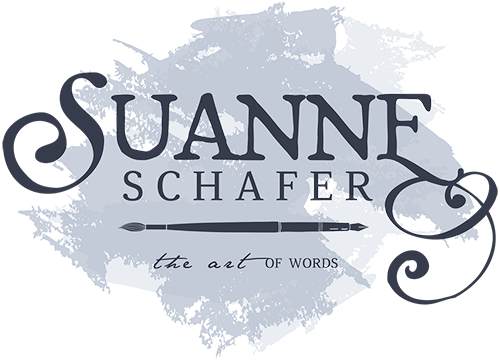In one of those random internet searches, I discovered that the United States Post Office issued a commemorative stamp for Edgar Rice Burroughs (ERB) way back in 2012. I don’t know how I missed it, but here are some images to illustrate how Tarzan enchanted readers worldwide. Though Tarzan is a product of 1912 America, complete with the racism and stereotypes of the time, I’m amazed at how many African nations printed a stamp in homage.
Over 100 years later, Tarzan remains a hell of a hero. ERB created a man that captured the imagination of the world—athletic, tall, handsome, tanned by exposure to the equatorial African sun, and built like a Greek god. Tarzan is an emotional paragon as well, loyal and courageous, most often taking the part of the underdog. A feral child, he is intelligent enough to teach himself to read and write. He is generous and devoted to both his ape and human families and to the Waziri warriors who protect his plantation.
ERB was apparently not the nicest of men, a failure in almost everything he tried. He dropped out of school and went downhill from there, failing as a US a cavalryman at Fort Grant, as a gold miner, and as salesman. He knew nothing about writing, but decided to try it anyway. He disregarded the ubiquitous axiom for writers (Write what you know) and created Tarzan, one of the most famous characters of all time. This quote from him seems apropos:
Tarzan so enraptured his public that that Philip José Farmer, a prolific American science fiction author, wrote Tarzan Alive: A Definitive Biography of Lord Greystoke, a book I felt turned an exciting figure into a dull one. A summary of that book is here, not quite as painful as reading the book. Don’t bother following any of the links from there as most don’t work.
Tarzan was the archetypal feral child. Despite what I as a physician know about the ability of children to grasp language, etc. I am fascinated by the idea of feral children. Philip José 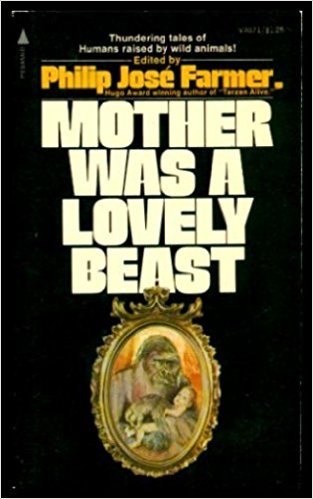
The most recent Tarzan-related book I’ve found is Robin Maxwell’s Jane, a review of which I posted on April 7, 2018, written in the same dynamic manner but in the woman’s point of view.
Tarzan has inspired a memorabilia industry—and the book Guide to Tarzan Collectibles